PROTAC-based therapeutics represent a novel approach to treatment that has the potential to impact a number of cancer indications.
FIRST-IN-HUMAN PHASE I STUDY OF ARV-110, AN ANDROGEN RECEPTOR (AR) PROTAC DEGRADER IN PATIENTS (PTS) WITH METASTATIC CASTRATE-RESISTANT PROSTATE CANCER (MCRPC) FOLLOWING ENZALUTAMIDE (ENZ) AND/OR ABIRATERONE (ABI).
Daniel Peter Petrylak at al ASCO Meeting Library
BACKGROUND
Proteolysis Targeting Chimera (PROTAC) protein degraders induce selective degradation of targeted proteins by engaging the ubiquitin proteasome system. ARV-110 is an orally bioavailable PROTAC that specifically degrades AR ≥ 95% and achieves anti-tumor activity in ENZ-naïve and -resistant prostate cancer xenograft models.
METHODS
To define the maximum tolerated dose (MTD) and recommended phase 2 dose (RP2D) of ARV-110, pts with ≥ 2 prior therapies for mCRPC, including ENZ and/or ABI, received ARV-110 orally once daily. Dose escalation is per 3+3 design. Endpoints include dose limiting toxicities (DLTs), adverse events (AEs), pharmacokinetics (PK), biomarkers (e.g., AR mutation analysis), RECIST and PSA response.
RESULTS
By January 2020, 18 pts were dosed: 35 mg (N = 3), 70 mg (N = 4), 140 mg (N = 8), 280 mg (N = 3). 12 pts received both ENZ and ABI; 14 received prior chemotherapy. 1 of 18 pts experienced a DLT (280 mg) of Grade (Gr) 4 elevated AST/ALT followed by acute renal failure while taking rosuvastatin (ROS). A 2nd pt had Gr 3 AST/ALT with ROS that resolved off ROS, permitting ARV-110 retreatment. ROS plasma concentrations demonstrated significant increases concurrent with AST/ALT elevations in both pts. Subsequently, ROS was prohibited without further ≥Gr 2 AST/ALT AEs. No other related Gr 3/4 AEs were reported. ARV-110 PK was generally dose proportional and at 140 mg reached levels associated with preclinical anti-tumor activity. 15 pts were evaluable for PSA response (excludes 1 pt stopped after 1 dose for early progression and 2 pts initiated 2 weeks before cutoff, all at 140 mg). Of these, 8 pts initiated dosing at ≥140 mg. 2 pts achieved confirmed PSA declines of >50%, both at 140 mg. Prior therapy in both pts included ENZ and ABI, chemotherapy, bicalutamide and radium-223 plus other regimens. 1 pt had 2 AR mutations known to confer ENZ resistance. The 2nd pt also achieved an unconfirmed RECIST partial response (confirmatory scan pending). Both responses were ongoing at data cutoff (8+ and 21+ weeks of treatment).
CONCLUSIONS
To date, ARV-110 has an acceptable safety profile. Concurrent ROS is now prohibited. MTD has not yet been established; determination of RP2D continues. ARV-110 demonstrates antitumor activity in mCRPC after ENZ/ABI with 2 ongoing confirmed PSA responses, one of which was associated with tumor reduction. Updated data for this first PROTAC in clinical testing will be presented. Clinical trial information: NCT03888612.
